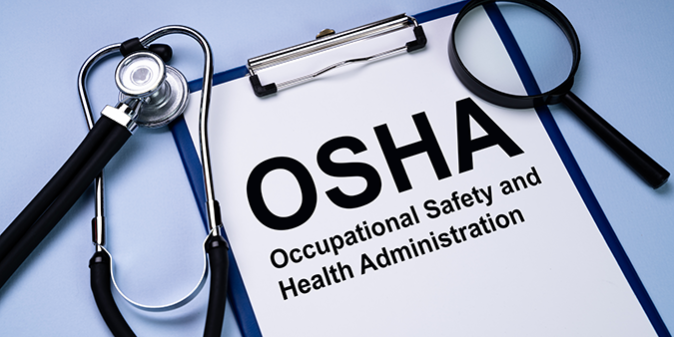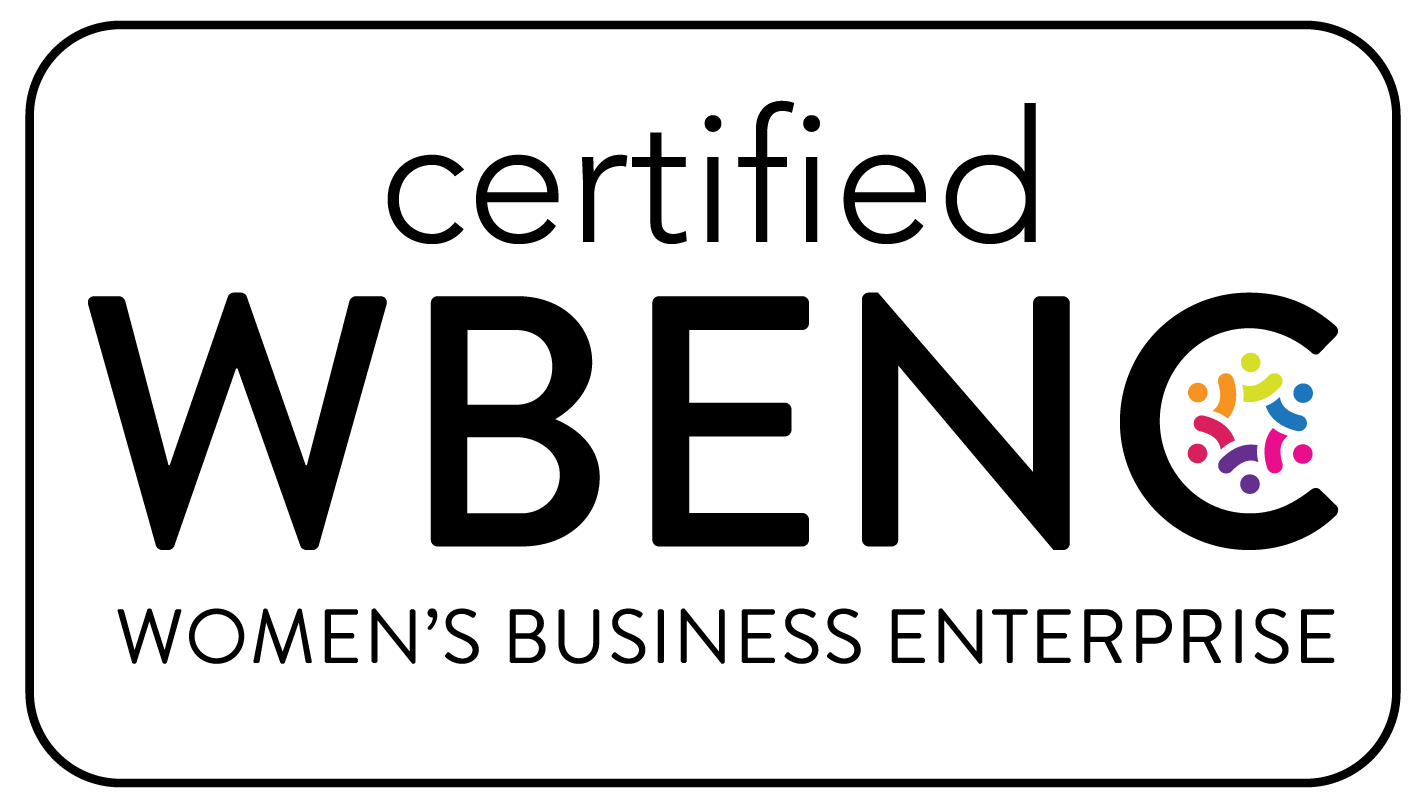Updated OSHA Guidelines on Managing & Classifying Musculoskeletal Injuries

Does your organization understand the implications of OSHA’s new guidance on the treatment of musculoskeletal injuries? CAREonsite experts are here to explain.
Author: Joseph Christian
July 15, 2024
Why Your Organization Needs to Pay Attention
The OSHA May 2 memorandum provides guidance on whether musculoskeletal injuries are recordable when certain types of treatment are provided.
Since Musculoskeletal (MSK) injuries are the most common type of workplace injury health and safety professionals deal with it is critical your organization fully understand the new guidance and how it will impact your EH&S programs.
This blog will cover everything health and safety professionals need to know about the guidance including background on MSK injuries, key points from the OSHA Memorandum, and takeaways your business should keep in mind.
Background on MSK Injuries
It is important to remember that the May 2, 2024, OSHA guidance is specifically aimed at MSK injuries. These types of injuries are the most common type of workplace injury and are commonly triggered by repetitive motions, heavy lifting, awkward postures, and prolonged static positions.
The Impact of MSK Injuries
For employees: MSKs can cause severe discomfort, pain, and reduced mobility, impacting a worker’s ability to perform their job effectively and overall quality of life.
For employers: Significant costs due to lost productivity, medical expenses, and worker compensation claims.
OSHA’s Guidance Specifically Addresses Common Employer Strategies to Combat MSK Injuries
Active Release Techniques (ART): A manual therapy that targets soft tissue pain and injuries through specific movements and pressure, aimed at breaking up scar tissue and improving range of motion.
Suggested Exercises: Tailored exercises and stretching routines designed to alleviate discomfort, improve flexibility, and strengthen muscles, helping to prevent and manage MSKs.
Why Target?
Given prior inconsistent messaging, OSHA wants to more clearly outline what is permissible and what actions are considered problematic and can potentially trigger an investigation.

Key Points of OSHA’s May 2 Memorandum
First Aid:
The memorandum first confirms and reminds of the previous guidance that first aid is not recordable unless the treatment and/or injury triggers another standard for a recordable like restricted work, days away from work, or transfer.
If an injured or ill employee is given any of the treatments listed, this treatment is not recordable, even when the treatment is provided over a long period of time or involves multiple applications.
OSHA states that it is not the number of times that first aid is provided that makes a case recordable. Recognizing that each case is different and requires its own specific management, the guidance serves as a warning not to use repeated applications of first aid for the same patient and the same concern to avoid a recordable.
Active Release Techniques (ART)
OSHA considers ART to be first aid regardless of the professional status of the person providing the treatment. However, additional services such as chiropractic manipulation or physical therapy in the context of an injury are considered recordable.
Classification: Considered first aid (as “massage”), not recordable.
Exceptions: Recordable if combined with other therapies (chiropractic manipulation, physical therapy).
Given the latest guidance, organizations can treat ART in the same light as any other first-aid treatment.
Exercise and Stretching
OSHA’s past guidance created some confusion about stretching. It is not listed as first aid treatment, and if it is used to treat a work-related injury, then it is recordable. The latest guidance aims to clarify this with the following details.
General practice: Not recordable unless modified specifically for an injury/illness.
When prescribed for an injury: Considered medical treatment, thus recordable.
This means that stretching and exercise programs that aim at job conditioning and are preventive in nature are not recordable. However, if these programs are used to treat workplace injuries or are modified to address a workplace injury, then they are recordable.
Simply put, EH&S professionals need to ensure that stretching and exercises are not used as medical treatment.

Key Takeaways
#1 Stretching Programs: Targeted for compliance assessment under the new guidance.
Pro Tip: If you use stretching as a treatment for an injury, you will most likely trigger a recordable injury. Focus on using if for prevention and conditioning.
#2 ART and other First Aid Applications: Must not avoid necessary medical treatment; be cautious around repeated usage and ensure that further escalation is not warranted.
Pro Tip: Put extra effort into tracking the use of first aid treatment and monitor for progression and expected resolution of the injury.
#3 CSHOs Empowerment: New directives for investigating repeated first aid applications to ensure compliance with medical treatment standards.
Pro Tip: Keep detailed records and ensure you remain compliant.
Need Advice?
Need Help Understanding the new guidance means for your organization?
CAREonsite is here to help you. Contact us today and let our decades of experience work for you.
- Active Release Techniques (ART)
- careonsite
- compliance
- EH&S
- Exercise and Stretching
- guidelines
- health and safety
- health and safety programs
- health outcomes
- industrial athlete
- injury management
- injury prevention
- MSK injuries
- musculoskeletal injuries
- occupational health
- occupational healthcare
- OSHA
- OSHA guidelines
- safety
- Tang+Company
- work-related injuries
- workforce safety

